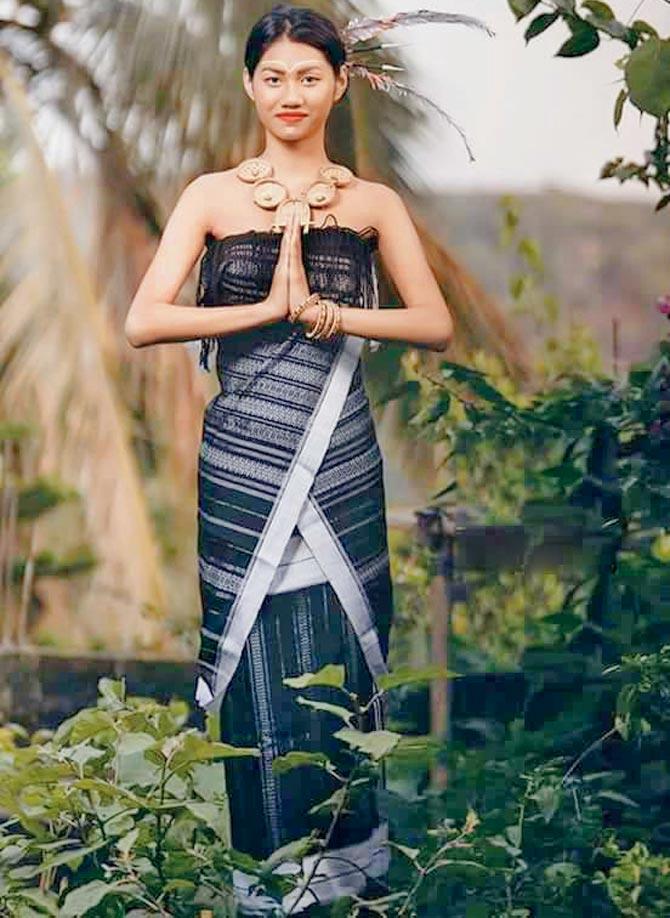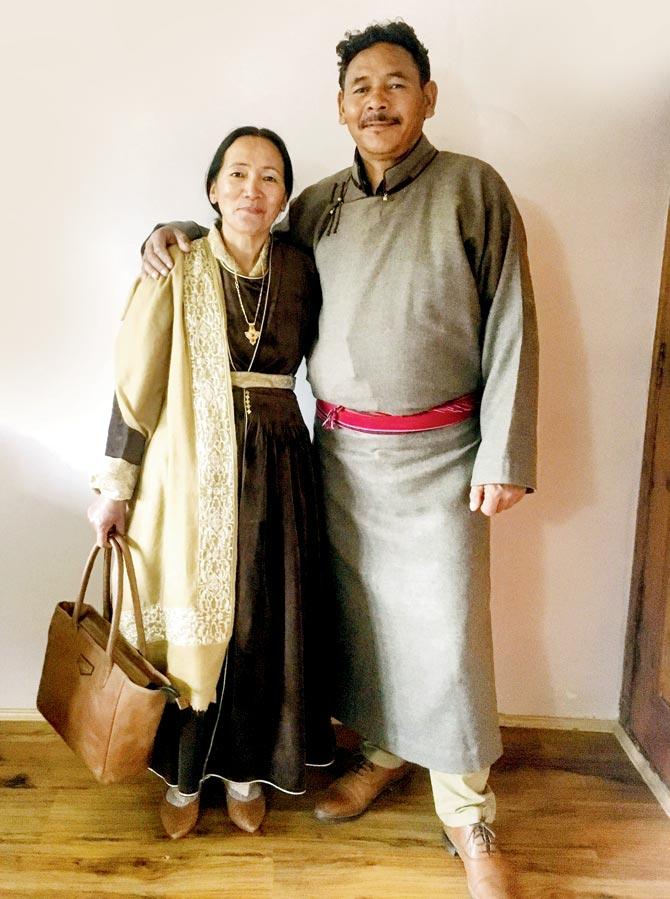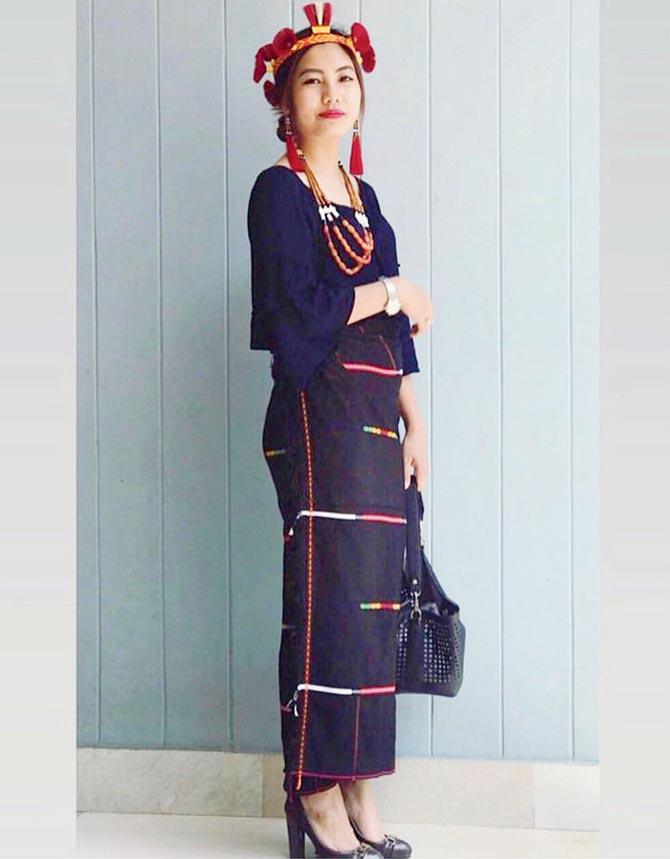As celebs don the draped dress, here's looking at the region where draped clothing originates, the North and North-Eastern parts of India

Shilpa Shetty
The draped dress seems to be a new favourite with Bollywood beauties including Shilpa Shetty Kundra, Kareena Kapoor Khan and Kirti Kulhari, who were spotted in it recently. And though it has a modern cut and silhouette, the concept of the dress stems from traditional drapes from the seven sisters and the new Union Territory, Ladakh, where it has evolved from being made in native weaves to more summer-friendly materials.
ADVERTISEMENT
"It's the same concept as a wrap-around skirt. Just that today, you tie the dress using a belt with a bow in front, like a kimono. Draped garments make it seem like you've made the effort to dress up while being comfortable," says designer Stanzin Palmo from Ladakh, who made her fashion week debut in Mumbai recently. Palmo, along with fellow designers Tamie May from Mizoram and Nengneithem Hengna from Nagaland, tell us how their traditional attire inspired this modern style.

Hpinon and hadi from Mizoram
The multilingual tribes in Mizoram call the traditional draped attire by different names. Most commonly called the hpinon and hadi, the two-piece is traditionally made using just red, white and black local weaves, which is wrapped around the body. The look changes with how you drape it, but it is most commonly draped around like a maxi skirt, which also makes it comfortable. It's accompanied by the mekhela stole. Though originally paired with a loose tunic, opting for a tube top instead or a one-piece variant is fairly common now.

Goncha and chuba from Ladakh, Sikkim
Originally, the Ladakhi dress (goncha) is gathered, which is not the same thing as draping wherein you take the fabric and wrap it all over your body. The goncha has three parts — a collared shirt; the dress and a belt to secure it as it's open from the front; and a pair of bottoms. But these have now evolved and you have options where you can do away with the inner shirt as the collar is stitched onto the dress, or tweak the front so that you don't have to wear pants. The latter has made its way into the mainstream now. The Choba or traditional dress of Sikkim comes closest to the modern draped dress. It's similar to what you get in Ladakh, where it's called phumet and worn by Tibetans. It includes an inner shirt that's usually in silk, and a rectangular bottom that you drape and secure with a front knot. There are also variants of this in Bhutan, where it's called bakkhu.

Mekhala from Nagaland
The 16 tribes and sub tribes in Nagaland boast of a range of weaves and patterns, which hold historical and cultural significance. But there is one thing they have in common — the traditional wear called the mekhala; the Ao tribe calls it wastu sepeti and the Kuki community call it khamtang ponve. The traditional pattern is called khamtang, which is a simple black wrap-around skirt with a pattern on the border, worn with a white shawl called the ponmong vom. The shawl was used as a stole as well to secure the wrap. Today, the mekhala is being paired with tops or turned into dresses. Accessories, which are primarily in red and white, also play a vital role in the styling.
Catch up on all the latest Mumbai news, crime news, current affairs, and also a complete guide on Mumbai from food to things to do and events across the city here. Also download the new mid-day Android and iOS apps to get latest updates
 Subscribe today by clicking the link and stay updated with the latest news!" Click here!
Subscribe today by clicking the link and stay updated with the latest news!" Click here!






